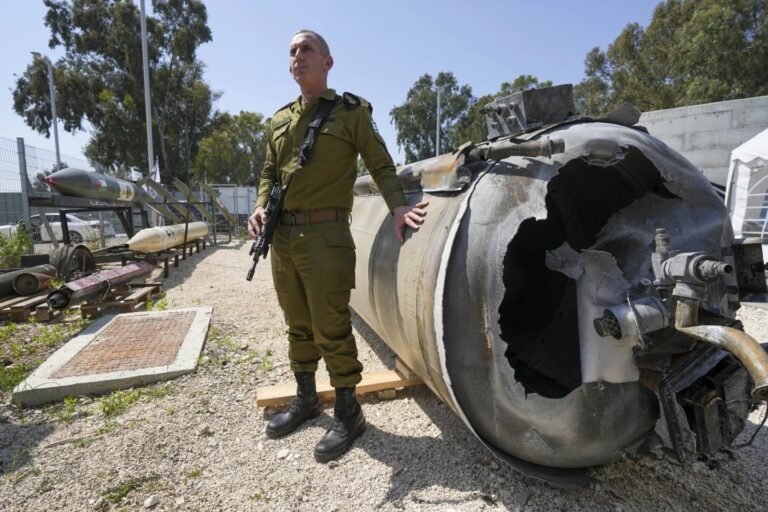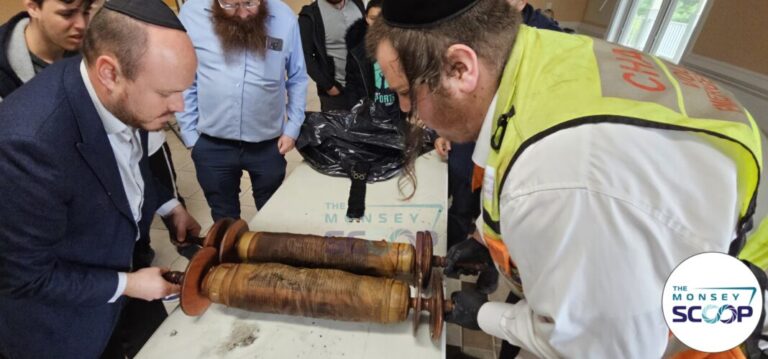 New Jersey lawmakers, continuing their investigation of allegations of political retribution as the motive to create traffic jams near the George Washington Bridge last year, heard Thursday from an aide to Gov. Chris Christie. Here is a timeline of important dates in the scandal:
New Jersey lawmakers, continuing their investigation of allegations of political retribution as the motive to create traffic jams near the George Washington Bridge last year, heard Thursday from an aide to Gov. Chris Christie. Here is a timeline of important dates in the scandal:
Sept. 16, 2010: Mayor Mark Sokolich of Fort Lee, New Jersey, meets with Port Authority of New York and New Jersey Deputy Executive Director Bill Baroni to discuss traffic problems related to the George Washington Bridge, one of the world’s busiest spans. The Port Authority runs the bridge; access lanes to it are in Fort Lee.
Nov. 9, 2010: In a letter to Baroni, Sokolich details his town’s traffic problems and asks for more help from the Port Authority to direct traffic amid gridlock. He notes that problems worsen when some toll lanes are shut down on weekends.
Spring 2013: The Christie re-election campaign asks Sokolich, a Democrat, to consider endorsing the Republican governor. Sokolich says later he never gave an answer to Christie’s campaign.
Aug. 12: Bridget Kelly, then Christie’s deputy chief of staff, calls another Christie aide, Matt Mowers, to confirm that Sokolich would not be endorsing the governor.
Aug. 13: Kelly emails Christie ally David Wildstein, director of interstate projects at the Port Authority. Kelly writes: “Time for some traffic problems in Fort Lee.” Wildstein responds: “Got it.”
Sept. 9: Instead of the usual three approach lanes to the bridge from Fort Lee, commuters find only one open that morning. Traffic is gridlocked for four days.
Sept. 13: Port Authority Executive Director Patrick Foye orders the approach lanes be reopened, writing in a memo: “I believe this hasty and ill-advised decision violates federal law and the law of both states.”
Nov. 5: Christie, considered a possible 2016 presidential contender, is re-elected governor.
Nov. 25: Baroni appears before the New Jersey Assembly Transportation Committee, which had begun an investigation, and apologizes for what he acknowledges is the agency’s failure to communicate to local officials about the gridlock.
Dec. 6: Wildstein’s resignation is announced, effective Jan. 1, 2014.
Dec. 9: When asked about the lane closures at a news conference, Christie jokes, “Unbeknownst to everybody, I was actually the guy out there. I was in overalls and a hat. I actually was the guy working the cones.”
Dec. 13: Christie denies the lane closures were politically motivated and criticizes Democrats for exploiting the closures and “all the other politics swirling around it.” He announces Baroni’s resignation and says Wildstein’s resignation would be effective that day.
Jan. 8, 2014: Email and text message exchanges between Wildstein and Kelly are made public, including the damning “time for some traffic problems” communication.
Jan. 9: During a nearly two-hour news conference, Christie apologizes for the lane closures but denies knowledge of them or a cover-up, saying he is “embarrassed and humiliated.” He announces Kelly has been fired “because she lied” and that he is cutting ties with his former campaign manager, Bill Stepien. Meanwhile, U.S. Attorney Paul Fishman announces he will investigate whether any laws were broken. Also, six residents sue Christie, the state and the Port Authority, alleging they were harmed by the traffic jams. The same day, a judge rules that Wildstein must appear before lawmakers who issued a subpoena; he appears later that day but invokes his right not to incriminate himself and refuses to answer any of the lawmakers’ questions.
March 27: Lawyer Randy Mastro, who was retained by Christie’s office, releases a report that finds Christie and his remaining top staffers did nothing wrong regarding Fort Lee traffic and the bridge. “Governor Christie’s account of these events rings true. It’s corroborated by many witnesses, and he has conducted himself at every turn as someone who has nothing to hide,” the report says. Democrats blast it as political propaganda.
March 28: Port Authority Chairman David Samson, a Christie appointee, announces his resignation from the board. His lawyer later says he will no longer cooperate with the lawmakers’ inquest citing privacy concerns and his right not to self-incriminate.
April 9: A judge rules that Kelly and Stepien can invoke their right not to self-incriminate to avoid complying with the lawmakers’ subpoena to provide documents.
May-June: Four Christie aides appear before the special joint legislative committee investigating the bridge scandal.
Wednesday: Assemblyman John Wisniewski, the committee co-chairman, says several people on its list of potential witnesses are off limits for now because they could also be important to the federal criminal investigation.
Thursday: Christie aide Regina Egea testifies in front of the committee that she did not alert any of her bosses when she learned about the closure of lanes leading up to the bridge in part because she believed someone else was trying to get to the bottom of it.
(AP)





